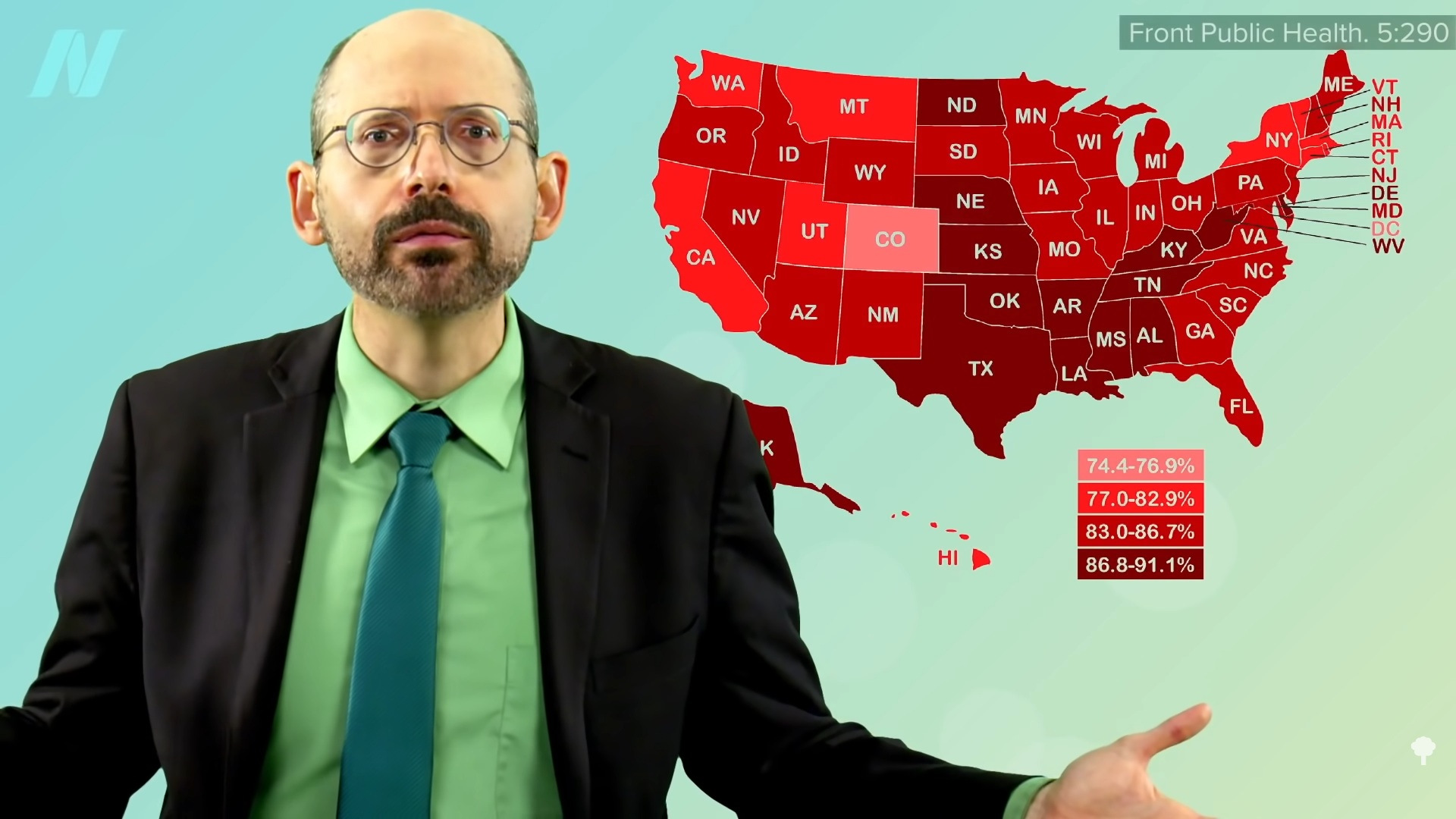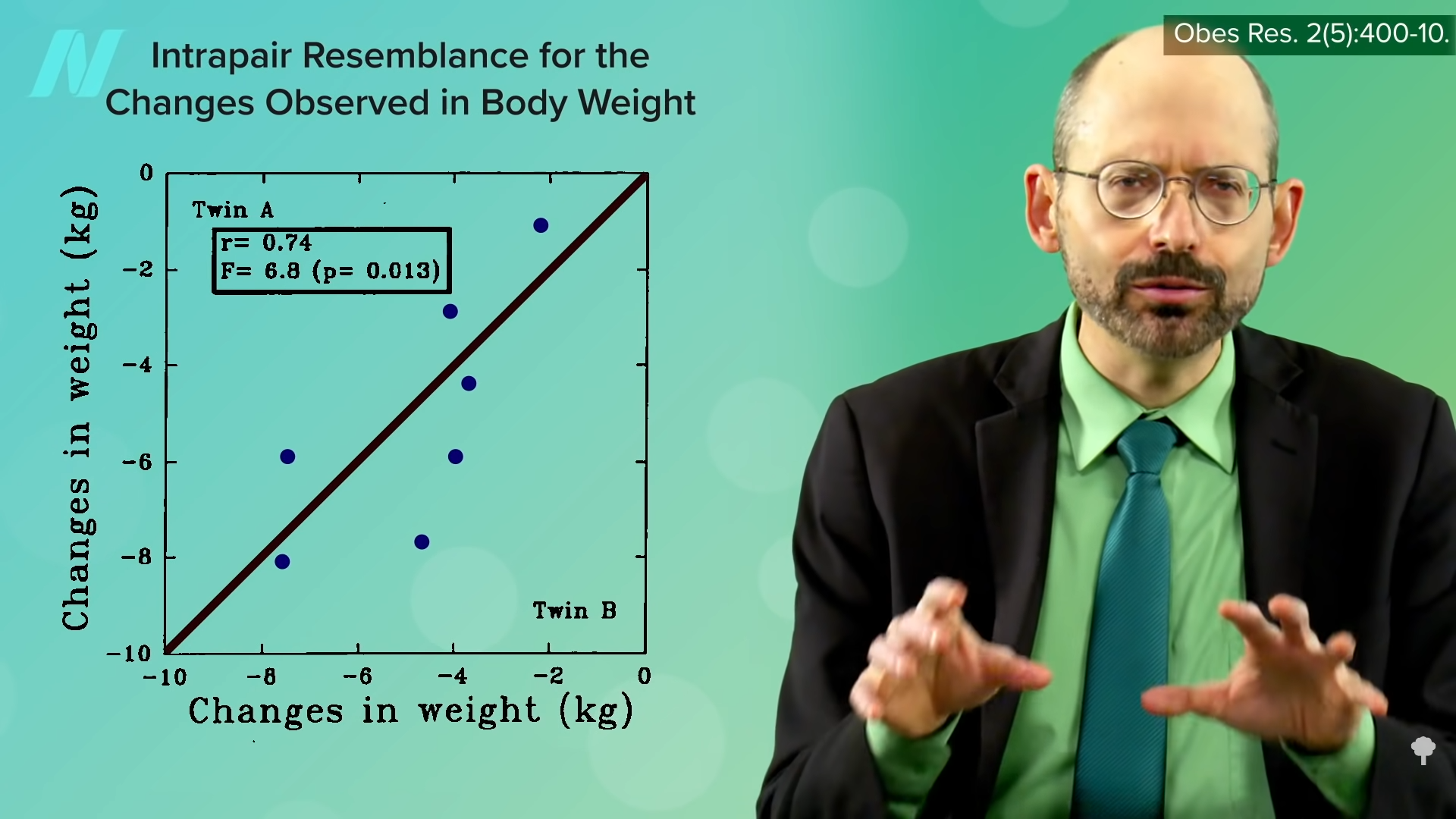Implausible explanations for the weight problems epidemic serve the wants of meals producers and entrepreneurs greater than public well being and an curiosity in fact.
In relation to uncovering the basis causes of the weight problems epidemic, there seems to be manufactured confusion, “with main research reasserting that the causes of weight problems are ‘extraordinarily complicated’ and ‘fiendishly laborious to untangle,’” however having simply reviewed the literature, it doesn’t appear to be a lot of a thriller to me.
It’s the meals.
Makes an attempt at obfuscation—rolling out hosts of “implausible explanations,” like sedentary existence or lack of self-discipline—cater to meals producers and entrepreneurs greater than the general public’s well being and our curiosity within the reality. “When requested in regards to the position of eating places in contributing to the weight problems drawback, Steven Anderson, president of the Nationwide Restaurant Affiliation said, “Simply because we’ve electrical energy doesn’t imply it’s important to electrocute your self.” Sure, however Huge Meals is successfully attaching electrodes to shock and awe the reward facilities in our brains to undermine our self-control.
It’s laborious to eat healthfully towards the headwind of such robust evolutionary forces. It doesn’t matter what our stage of diet information, within the face of pepperoni pizza, “our genes scream, ‘Eat it now!’” Anybody who doubts the ability of fundamental organic drives ought to see how lengthy they will go with out blinking or respiration. Any acutely aware choice to carry your breath is quickly overcome by the compulsion to breathe. In medication, shortness of breath is usually even known as “air starvation.” The battle of the bulge is a battle towards biology, so weight problems will not be some ethical failing. It’s not gluttony or sloth. It is a pure, “regular response, by regular individuals, to an irregular state of affairs”—the unnatural ubiquity of calorie-dense, sugary, and fatty meals.
The ocean of extra energy we are actually floating in (and a few of us are drowning in) has been referred to as a “poisonous meals atmosphere.” This helps direct focus away from the person and in the direction of the societal forces at work, reminiscent of the truth that the common youngster is blasted with 10,000 commercials for meals a yr. Or possibly I ought to say adverts for pseudo meals, as 95 % are for “sweet, quick meals, gentle drinks [aka liquid candy], and sugared cereals [aka breakfast candy].”
Wait a second, although. If weight acquire is only a pure response to the straightforward availability of mountains of low cost, yummy energy, then why isn’t everybody fats? As you may see under and at 2:41 in my video The Function of the Poisonous Meals Setting within the Weight problems Epidemic, in a sure sense, most everybody is. It’s been estimated that greater than 90 % of American adults are “overfat,” outlined as having “extra physique fats adequate to impair well being.” This could happen even “in those that are normal-weight and non-obese, usually as a result of extra belly fats.

Nevertheless, even in the event you look simply on the numbers on the dimensions, being chubby is the norm. In case you have a look at the bell curve and enter the newest information, greater than 70 % of us are chubby. Rather less than one-third of us is regular weight, on one aspect of the curve, and greater than a 3rd is on the opposite aspect, so chubby that we’re overweight. You’ll be able to see within the graph under and at 3:20 in my video.

If the meals is guilty, although, why doesn’t everybody get fats? That’s like asking if cigarettes are actually guilty, why don’t all people who smoke get lung most cancers? That is the place genetic predispositions and different exposures can weigh in to tip the scales. Totally different persons are born with a distinct susceptibility to most cancers, however that doesn’t imply smoking doesn’t play a vital position in exploding no matter inherent threat you might have. It’s the identical with weight problems and our poisonous meals atmosphere. It’s just like the firearm analogy: Genes could load the gun, however food regimen pulls the set off. We will attempt to change the security again on with smoking cessation and a more healthy food regimen.
What occurred when two dozen examine individuals got the identical variety of extra energy? All of them gained weight, however some gained greater than others. Overfeeding the identical 1,000 energy a day, 6 days per week for 100 days, brought on weight features starting from about 9 kilos as much as 29 kilos. The identical 84,000 further energy brought on totally different quantities of weight acquire. Some persons are simply extra genetically prone. The explanation we suspect genetics is that the 24 individuals within the examine had been 12 units of similar twins, and the variation in weight acquire between every of them was a few third much less. As you may see within the graph under and at 4:41 in my video, the same examine with weight reduction from train discovered the same outcome. So, sure, genetics play a task, however that simply means some individuals must work tougher than others. Ideally, inheriting a predisposition for further weight acquire shouldn’t give a purpose for resignation, however fairly motivation to place within the further effort to unseal your destiny.

Advances in processing and packaging, mixed with authorities insurance policies and meals subsidy handouts that fostered low cost inputs for the “meals industrial complicated,” led to a glut of ready-to-eat, ready-to-heat, ready-to-drink hyperpalatable, hyperprofitable merchandise. To assist assuage impatient traders, advertising turned much more pervasive and persuasive. All these elements conspired to create unfettered entry to copious, handy, low-cost, high-calorie meals usually willfully engineered with chemical components to make them hyperstimulatingly candy or savory, but solely weakly satiating.
As all of us sink deeper right into a quicksand of energy, increasingly psychological power is required to swim upstream towards the fixed “bombardment of promoting” and 24/7 panopticons of tempting treats. There’s a lot meals flooding the market now that a lot of it results in the trash. Meals waste has progressively elevated by about 50 % because the Seventies. Maybe higher within the landfills, although, than filling up our stomachs. Too many of those low cost, fattening meals prioritize shelf life over human life.
However lifeless individuals don’t eat. Don’t meals firms have a vested curiosity in maintaining their customers wholesome? Such naiveté reveals a elementary misunderstanding of the system. A public firm’s major accountability is to reap returns for its traders. “How else might we’ve tobacco firms, who’re consummate entrepreneurs, persevering with to provide merchandise that kill one in two of their most loyal prospects?” It’s not about buyer satisfaction, however shareholder satisfaction. The client all the time comes second.
Simply as weight acquire could be a wonderfully pure response to an obesogenic meals atmosphere, governments and companies are merely responding usually to the political and financial realities of our system. Are you able to assume of a single main business that might profit from individuals consuming extra healthfully? “Actually not the agriculture, meals product, grocery, restaurant, food regimen, or drug industries,” wrote emeritus professor Marion Nestle in a Science editorial when she was chair of diet at New York College. “All flourish when individuals eat extra, and all make use of armies of lobbyists to discourage governments from doing something to inhibit overeating.”
If a part of the issue is reasonable tasty comfort, is hard-to-find meals that’s gross and costly the answer? Or would possibly there be a approach to get the very best of all worlds—simple, wholesome, scrumptious, satisfying meals that assist you shed weight? That’s the central query of my guide How To not Weight loss plan. Test it out at no cost at your native library.
That is it—the ultimate video on this 11-part collection. In case you missed any of the others, see the associated posts under.




![Ep267: [Lean Series] Expectations vs. Actuality: Fats Loss Methods for Girls 35+](https://usaweightlossdirectory.com/wp-content/uploads/2025/01/IMG_5155-768x512-120x86.jpg)





Discussion about this post